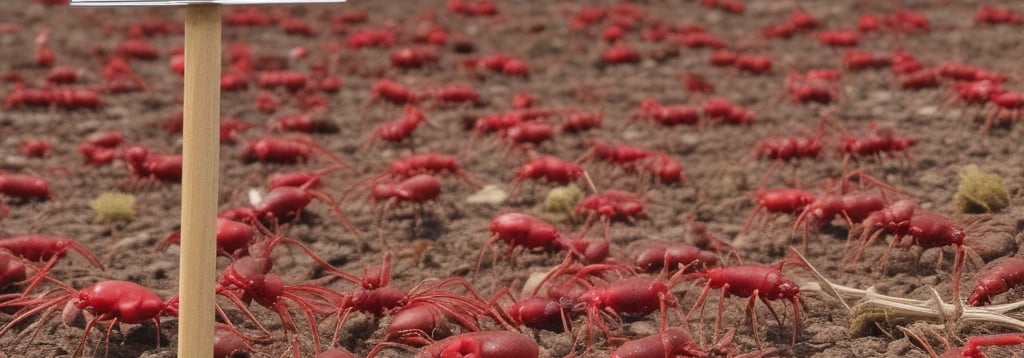What Are Red Mites and Why Are They a Threat to Your Flock?


Understanding Red Mites: The Hidden Danger in Your Coop
Red mites, also known as chicken mites or the northern fowl mite, are tiny, parasitic arachnids that pose a significant threat to chickens and poultry health. These pests feed on the blood of birds, and their presence can lead to serious health issues for your poultry, making it imperative for chicken owners to be aware of the risks and implement proper management strategies.
One of the most concerning aspects of red mites is their ability to proliferate rapidly. A female red mite can lay hundreds of eggs in a short period, leading to infestations that can escalate quickly if left untreated. These mites are nocturnal, hiding in the chicken coop during the day and becoming active at night when they emerge to feed. This behavior can make it difficult for chicken keepers to notice the problem until it has become severe.
The feeding behavior of red mites results in symptoms of blood loss in chickens, leading to anemia, stress, and ultimately, a decline in overall health. Affected birds may show signs of lethargy, reduced egg production, and, in severe cases, can even die. In addition to direct health impacts on the birds, red mite infestations can also lead to stress and frustration within the flock, increasing susceptibility to other diseases and decreasing the overall productivity of the chicken yard.
Beyond the health issues caused by blood loss, red mites can also contribute to problems in the chicken environment itself. Their droppings and shed skins can accumulate, leading to unhygienic conditions that can harbor other pathogens. This creates a cycle where chickens are not only battling the red mites but also facing potential exposure to further diseases within their living environment.
Preventative measures are key in managing the threat of red mites. Regular monitoring for signs of infestation is crucial. Look for the presence of the mites themselves, which are small and reddish-brown in color, often found around the vent area, under feathers, and in the nooks and crannies of the coop. Keeping a clean coop, with regular bedding changes and thorough cleaning, can help reduce the likelihood of an infestation taking hold.
If a red mite infestation is suspected, prompt action must be taken. Various treatments are available, including natural solutions such as diatomaceous earth, as well as chemical treatments. It's important to ensure that any chemical products used are safe for chickens and follow the manufacturer's directions carefully.
In summary, red mites present a serious threat to the health and wellbeing of chickens. Their ability to multiply quickly, cause blood loss, and create an unhygienic environment contributes to a range of health problems in affected birds. By staying vigilant and implementing effective management strategies, chicken owners can mitigate the risks associated with red mite infestations and protect the health of their flocks.
Keeping Red Mites at Bay
Eliminating red mites completely can feel like a never-ending battle. These persistent parasites are expert hitchhikers—easily making their way into your coop via wild birds, newly introduced chickens, or even your clothing and shoes.
But don’t lose hope! With a proactive, multi-pronged approach, you can keep red mite infestations under control. Regular coop cleaning, the use of effective mite control products like Mite Moat, and maintaining a clean, stress-free environment for your flock can significantly reduce mite populations and prevent future outbreaks.
Consistency is key—and your chickens will thank you for it.
